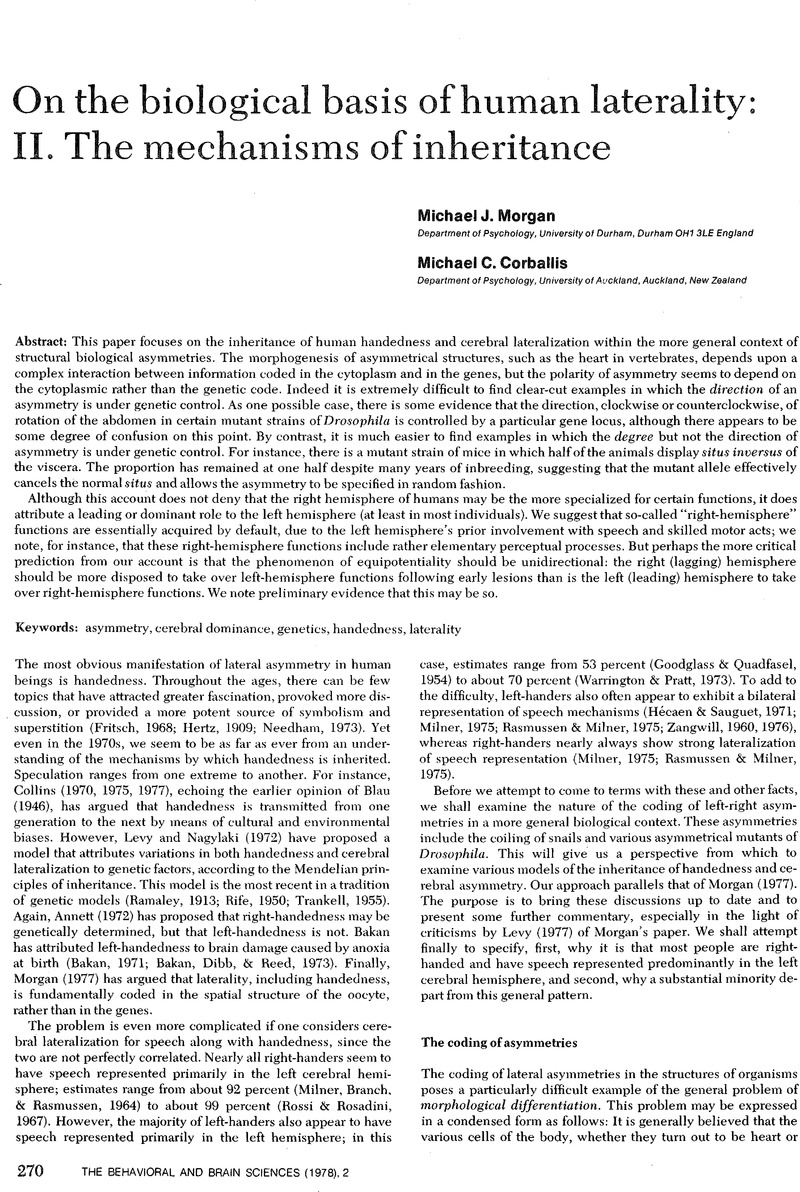Crossref Citations
This article has been cited by the following publications. This list is generated based on data provided by Crossref.
Macho, Gabriele A.
1991.
Morphological asymmetries in Southern African populations. Further evidence for lateralization.
International Journal of Anthropology,
Vol. 6,
Issue. 3,
p.
215.



